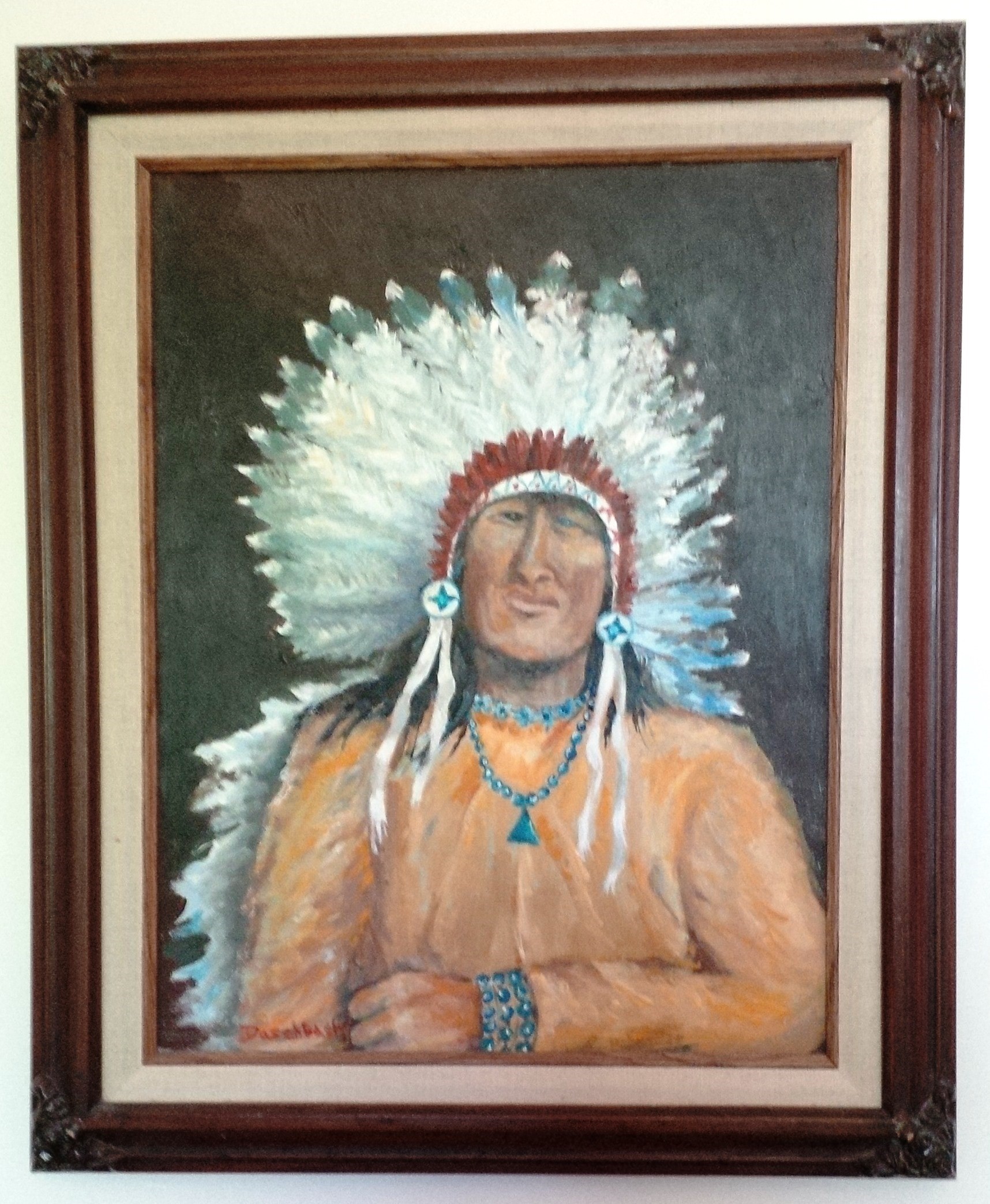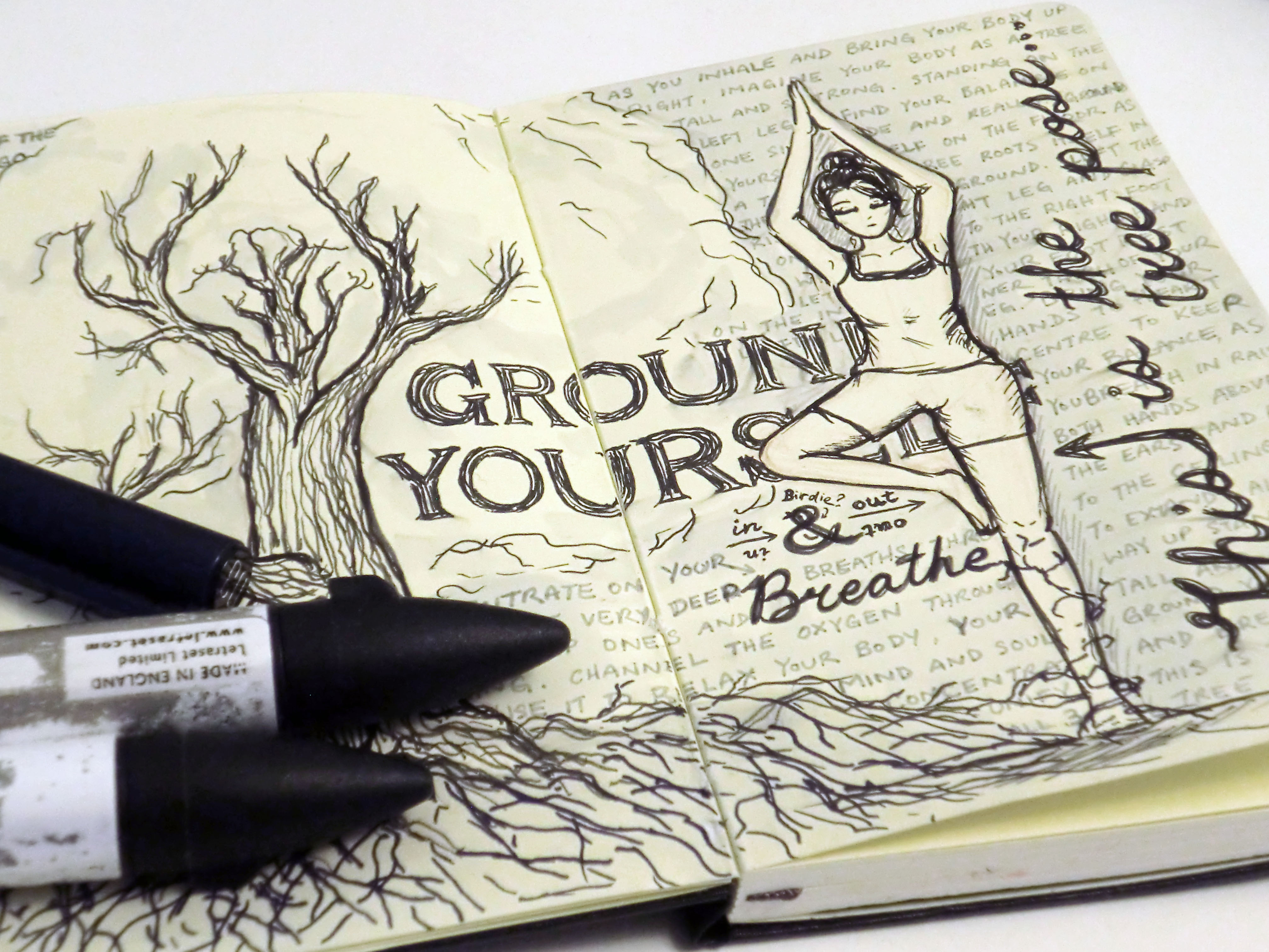Images and Words from Dr. Janet Cunningham’s Book, A Tribe Returned
On September 24, 2013, on my Voice America radio show, ” “Explorations in...
Read Moreby VoiceAmerica | Sep 26, 2013 | 7th Wave | 0 |
On September 24, 2013, on my Voice America radio show, ” “Explorations in...
Read Moreby VoiceAmerica | Sep 23, 2013 | 7th Wave | 0 |
©2013 by Joseph Mancini, Jr., Ph.D., CCHt, PL.t., L.B.L.t., C.R.t., & Shana...
Read Moreby VoiceAmerica | Sep 18, 2013 | 7th Wave | 0 |
©2013 Joseph Mancini, Jr. soulsrvr@erols.com In Episode #5, Past-life Regression and...
Read More



